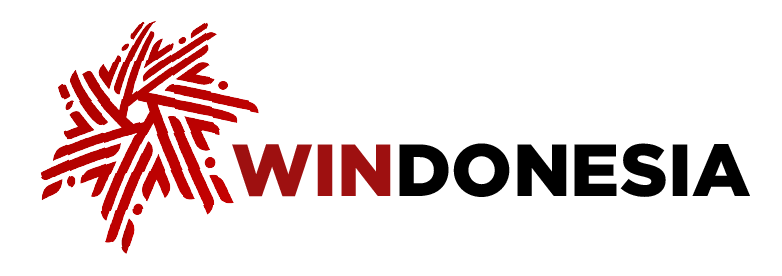Sulawesi - North Sulawesi
North Sulawesi is a province of Indonesia located on the northern tip of Sulawesi Island, covering approximately 14,500 square kilometers with a population of 2.6 million people. The province extends farther north than any other Indonesian island, with the small island of Miangas acting as its sentinel in the vastness of the sea. Manado, the crown jewel of North Sulawesi, not only serves as the province's capital and most populous city but also acts as its primary entry point and economic hub. The province’s administrative area is divided into 11 regencies and 4 cities.
North Sulawesi boasts a diverse tapestry of ethnicities, religious beliefs, and languages. The Minahasan ethnic group constitutes the largest portion of the population at 30 percent, followed by the Sangirese at 19.8 percent, the Mongondow at 11.3 percent, the Gorontaloan at 7.4 percent, and the Chinese at 3 percent. This diversity makes North Sulawesi more ethnically heterogeneous than other regions of Indonesia.
In terms of religious affiliation, Christianity is the predominant religion in North Sulawesi, comprising 62.91 percent of the population, followed by Islam at 31.85 percent. Catholics also hold a notable presence of 4.45 percent of the population, further enriching the province's religious landscape with other faiths. This diversity is mirrored in the province’s languages. While Indonesian is the official spoken language, many indigenous languages such as Minahasan and Sangir are still widely spoken, indicating the region's distinct cultural legacy.
Furthermore, North Sulawesi's rich tapestry of ethnicities, religions, and languages translates directly to its culinary scene, where each ethnic group contributes its culinary traditions and ingredients. From the Minahasan's penchant for spice to influences from Dutch traders, the province offers a plethora of unique dishes. Notable North Sulawesi dishes include Tinutuan, Klapertart (a Dutch-influenced cake from Manado), Ikan Fufu, and Dodol Amurang.
Show more
Economic Condition
North Sulawesi boasts a vibrant economy. As of 2023, the province acquired Rp 102 trillion in Gross Regional Domestic Product (GRDP). Driving the province’s economic landscape is its robust trade sector, with wholesale and retail trade, including car and motorcycle repair, leading the way with a contribution of Rp 13.57 trillion. Agriculture closely follows, bringing in a significant Rp 13.38 trillion. Additionally, the food and beverage sector plays a key role, contributing Rp 9.06 trillion to North Sulawesi’s economy, while the fisheries sector also makes a substantial contribution of Rp 6.29 trillion to the GRDP.
In terms of agriculture, North Sulawesi is well known for its paddy production, with 59,000 hectares of rice harvested in 2022, resulting in 253,000 tonnes of rice produced. Apart from paddy, North Sulawesi also has potential in plantations and horticulture.
North Sulawesi’s extensive coastline positions the province as a treasure trove of marine resources. As part of Indonesia’s fisheries management area (WPPNRI), North Sulawesi boasts rich fishing grounds. This abundance has made the province a prime investment destination for those looking to tap into the region’s significant fishery potential, especially in tuna and skipjack species. The government of North Sulawesi aims to boost fishery productivity to meet local demands, aligning with the province’s fishing industry.
In addition to its economic achievements, North Sulawesi is also home to two special economic zones (SEZ), namely the Bitung SEZ and the Likupang SEZ. Furthermore, several national strategic projects (PSN) have been launched in the province, including the inaugurated Lolak Dam in Bolaang Mongondow Regency. The dam provides irrigation benefits covering an area of 2,214 hectares.
Show more

